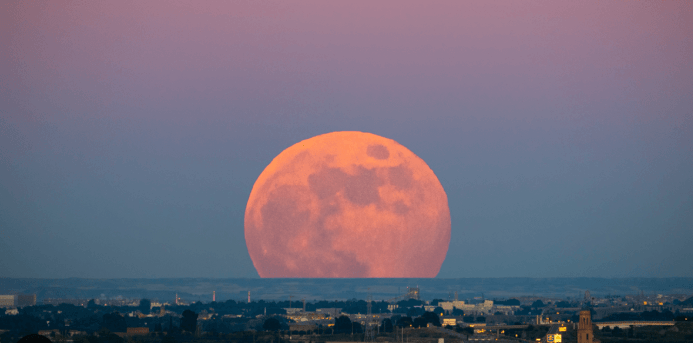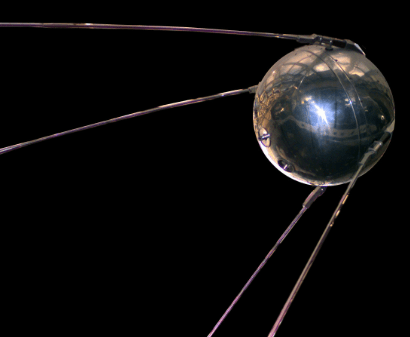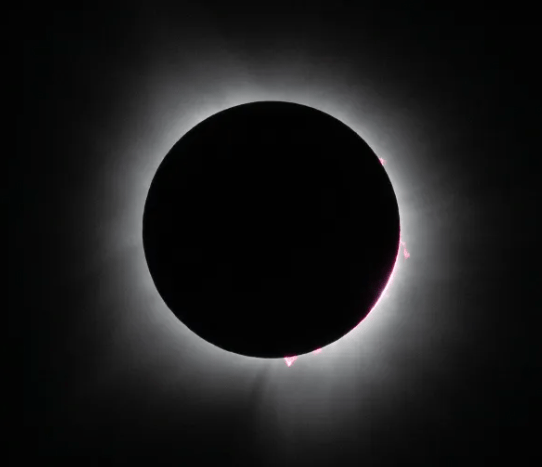 This photo shows which portion of the day, generally known by a specific name.
This photo shows which portion of the day, generally known by a specific name.
Sunset
This astronaut was the first human to set foot on the Moon.
Neil Armstrong
Contestants are asked to identify this object shown in the picture and explain why it is important.

Sputnik, the first man-made object to orbit the Earth.
These are the forces responsible for the rise and fall of ocean tides on Earth.
More of the Moon's Gravity and some of the Sun's Gravity
This is the name of the NASA mission aimed at establishing a platform to launch spacecraft from the Moon.
Artimis
This is the reason the Moon seems to change shape during its different phases.
The different angles of the Sun, Earth, and Moon are in.
This astronaut holds the title of being the first American to travel into space.
Alan Shepard Jr.
This man-made object is the farthest evidence of humans having traveled away from Earth.
Voyager I
Every day, there are this many low tides and this many high tides on Earth.
2 and 2
These images, worn on astronauts’ suits, tell single-image stories of their mission, crew, challenges, and tools used during NASA missions.
Mission Patches
These are the phases the Moon is in as it appears to grow larger in the sky.
Waxing
This is the general duration of a typical visit to the International Space Station.
6 months long
Memory foam, freeze-dried foods, and water filters are all examples of inventions originally developed by this organization that we now use today are known as.
Spinoffs
These tides occur twice a month when the Moon, Earth, and Sun are aligned
Spring Tides
After a long and insightful service, this iconic space structure is scheduled to be dismantled in 2031.
The International Space Station
This Phase of the Moon is called
New Moon
This person was the first human to travel beyond Earth’s atmosphere.
Yuri Gagarin
Neil Armstrong became the first person to walk on the Moon during this NASA mission, identified by both its name and number.
Apollo 11
Spring tides show the largest difference between these two tidal events.
Low tides and high tides
According to current plans, humans are expected to land on the Moon again in mid to late 2027 during this NASA mission.
Artimis III
If the Moon’s first quarter is described as waxing, this term applies to its third quarter.
Waning
She was the first American woman to travel into space.
Sally Ride
This is the name of the first helicopter to successfully fly on Mars.
Ingenuity
These tides happen when the Moon forms a right angle with the Sun and Earth.
Neap Tides
This probe was designed to enter and study the Sun’s corona to help us better understand our star.
Parker Solar Probe